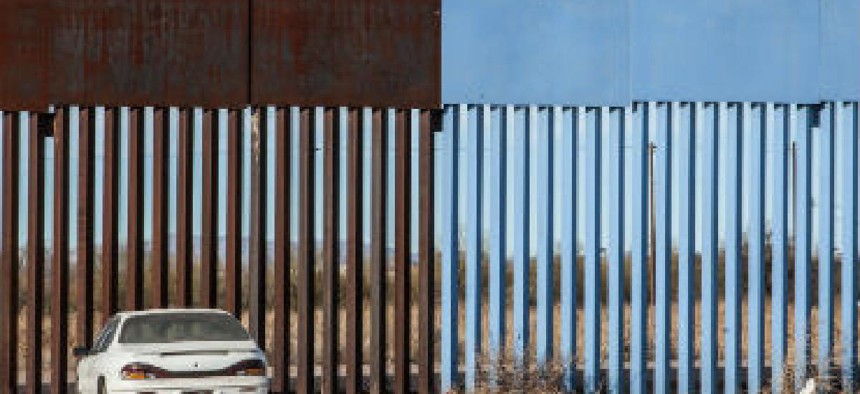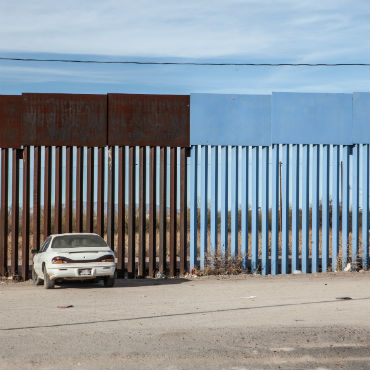House bill provides $1.6B for border wall

The House DHS appropriations bill funds border wall construction at $1.6 billion, with more than $200 million in supporting tech.

Under the new draft of the Homeland Security appropriations bill, $1.6 billion would be allocated to build a physical barrier along the southern border with Mexico, paired with over $100 million in new border tech and another $100 million for more aircraft and sensors for the region.
The House Appropriations Committee released its proposed fiscal year 2018 DHS Appropriations bill on July 11.
The legislation would direct $44.3 billion in discretionary funding for DHS -- $1.9 billion above fiscal year 2017. Of that, CBP would get $13.8 billion in discretionary appropriations -- an increase of $1.6 billion above fiscal 2017.
The overall CBP funding, the committee said, not only includes the $1.6 billion for the physical wall, but $131 for new border technology, $106 million for new aircraft and sensors and $100 million for an additional 500 Border Patrol agents.
Former CBP Commissioner Gil Kerlikowske told FCW that budget is in line with what the Trump administration has proposed for the border barrier, but the effectiveness of the plan depends on how effectively the money might be spent on a range of possible barriers.
In an email to FCW, Kerlikowske said DHS Secretary John Kelly has talked about additional technology, such as aerostats, border video cameras and updated unmanned aerial systems, as some of the technology that could back a physical barrier.
Kelly himself welcomed the bill in a press statement, saying the legislation "prioritizes the most pressing issues facing our Department."
Kerlikowske noted that the solicitations for the physical wall have been issues. He said the "key here will be the types of fencing, additional tiers (one line of fencing/wall vs. adding another line), and improvements and repairs to existing fencing."
The trickiest part of the CBP appropriations, which he said appropriators would have to watch closely, is the $100 million to hire additional agents.
He said that when he was CBP Commissioner, his agency received "significant sums" of money to hire more border personnel, but had the money taken away because of difficulties in meeting hiring goals.
"When I left, there were 1,200 [Border Patrol] openings out of 22,000 positions," he said. "We were having trouble keeping up with attrition vs. actually making rapid progress on filling existing positions."
CBP apparently has that problem in mind.
The agency opened a solicitation on July 7 to get help with high-tech recruitment for the additional agents. The document looks to companies that could provide research and analytics-driven marketing, advertising and recruitment services. The winning vendor, according to the solicitation, would develop targeted marketing and advertising campaigns, and recruitment strategies to identify top-quality applicants who could meet not only rigorous physical fitness standards but also possess superior analytical skills.
A day after the appropriations bill was released, President Donald Trump gave a glimpse of how the wall might take shape. In an-off-the-record briefing with news reporters on Air Force One on Wed. July 12 en route to Paris, the president said "major companies" are looking into building a "solar wall" that could generate electricity, as an option for the project. The wall might also include "transparency" features that would enable border officers to look through to see activity on the other side, he said.
"One of the things with the wall is you need transparency," said Trump according to the transcript. "You have to be able to see through it. In other words, if you can't see through that wall — so it could be a steel wall with openings, but you have to have openings because you have to see what's on the other side of the wall."
NEXT STORY: Senator Seeks Answers on Poor IT Vetting at OPM


